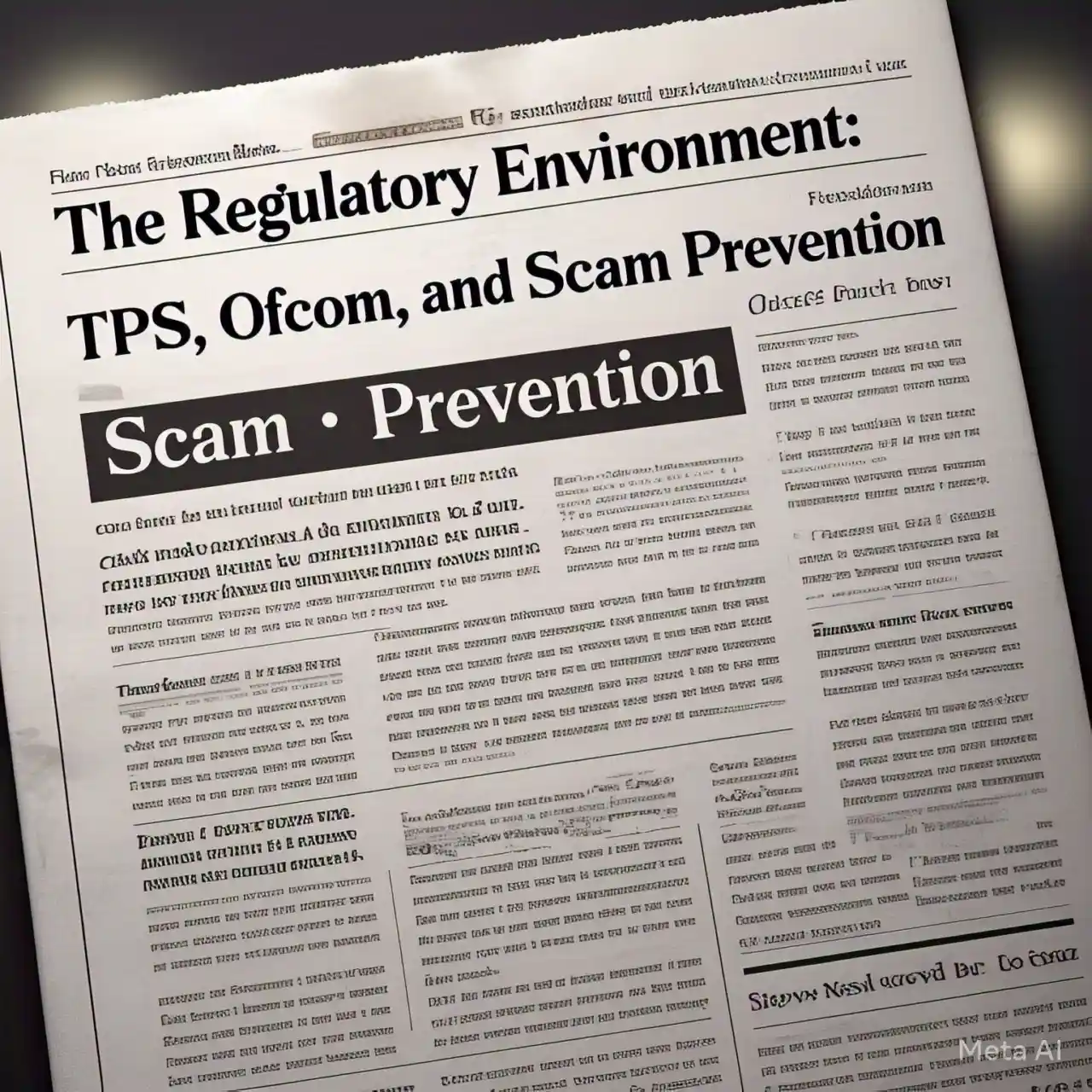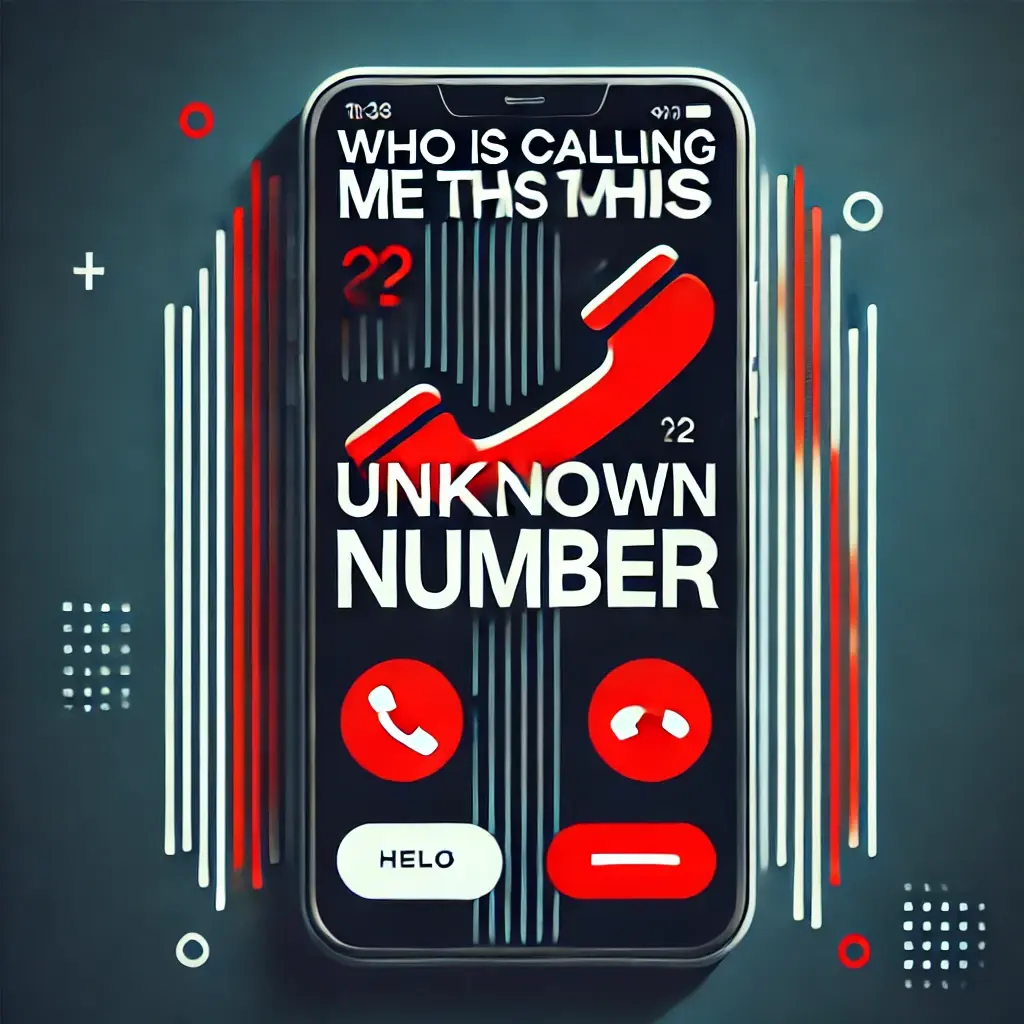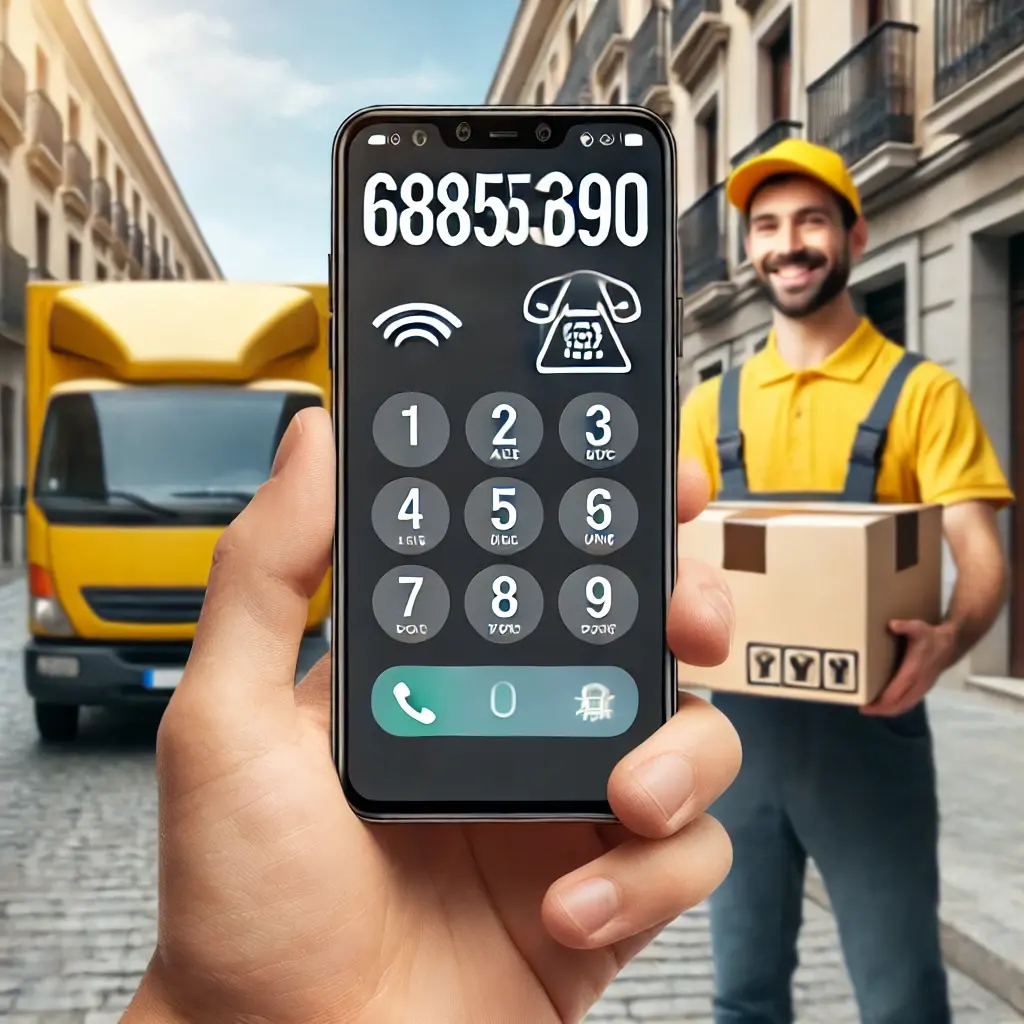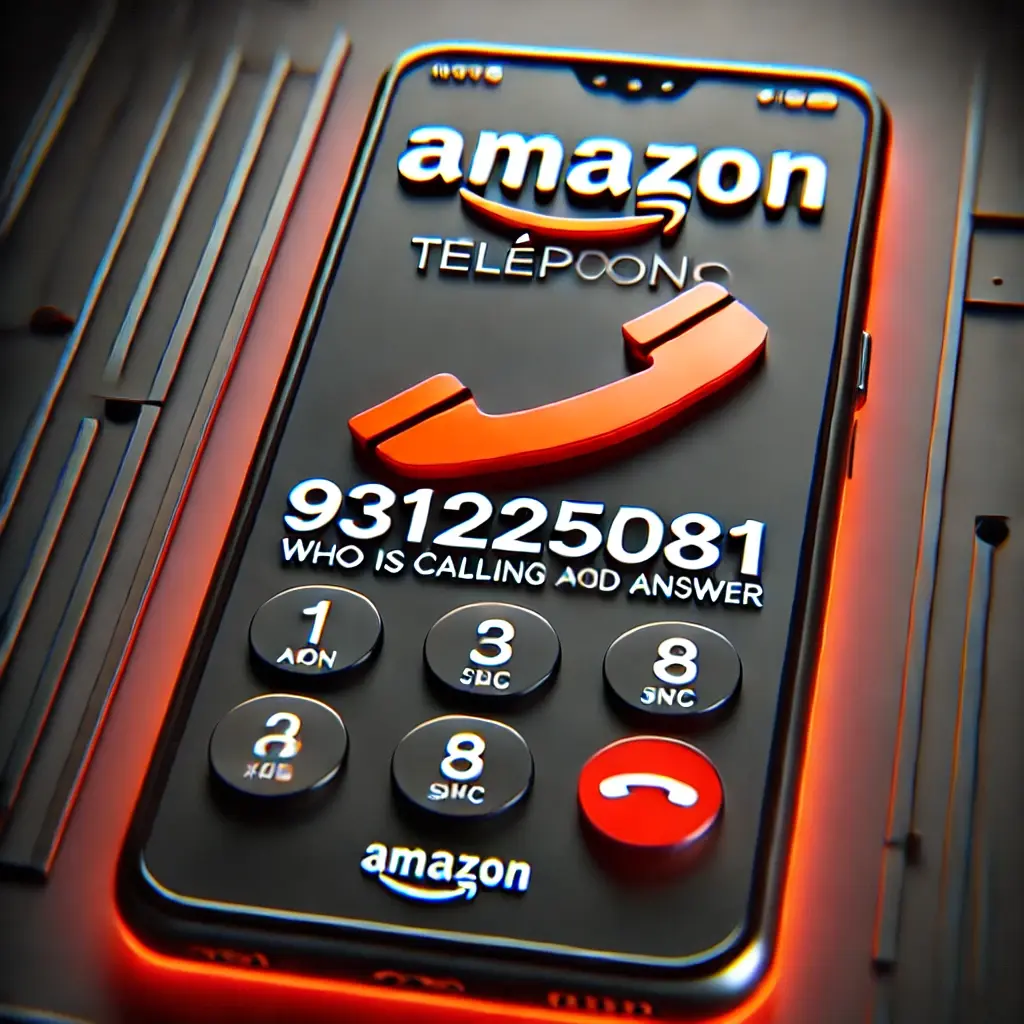Who Called Me UK 08000148840? Uncovering Scam Calls and Freephone Number Mysteries in 2025
This article provides an in‐depth, research‐based look at the evolving landscape of scam calls, the mysteries behind freephone numbers like 08000148840, and practical tips to protect yourself in 2025. In today’s fast‐paced digital world, receiving an unexpected call from an unknown number can feel both unsettling and confusing. Whether it’s a reminder about a missed payment or an incessant series of nuisance calls, many UK residents ask, “Who called me UK?”
In this comprehensive guide, we’ll explore:
- The current state of scam calls in the UK
- The significance of freephone numbers and how they’re misused
- Detailed analysis of the number 08000148840 based on community data
- Essential tools and techniques for caller identification
- Tips and regulatory measures to safeguard against scam calls
- Future trends in caller identification and scam prevention
Let’s dive in.
The Evolving Landscape of Scam Calls in the UK
Scam calls have become a daily nuisance for many consumers in the United Kingdom. With advances in technology, scammers are refining their techniques—often using automated systems and “spoofed” caller IDs—to trick recipients into divulging personal information or even making payments. In 2025, the scale and sophistication of these scams have only increased.
According to industry reports, millions of unsolicited calls are made every year, with scammers employing tactics ranging from missed call scams (often dubbed “Wangiri”) to sophisticated impersonations of trusted institutions. These scams not only disrupt daily life but can also result in significant financial losses and personal stress. The phenomenon of “Who called me UK?” resonates with many as they struggle to decipher whether an incoming call is a legitimate reminder or a scam attempt.
Understanding Freephone Numbers: The Role of 0800 Numbers in the UK
Freephone numbers, which typically begin with the 0800 prefix, are designed to allow callers to dial a number at no charge. They are widely used by both government bodies and reputable businesses to provide customer support or deliver essential services. However, the very features that make these numbers attractive—no cost to the caller and a recognizable format—also make them a prime target for scammers.
How Do 0800 Numbers Work?
- Cost-Free for Callers: When you dial an 0800 number, the call is free of charge because the cost is absorbed by the receiving party.
- Dual Use: While many 0800 numbers are managed by trusted organisations, some scammers have learned to exploit these numbers to mask their identity. They can easily acquire or spoof an 0800 number, thereby making it appear as though the call is from a reputable source.
- Caller Identification Challenges: Because both legitimate companies and scammers can use 0800 numbers, it can be challenging to distinguish between the two without additional information.
In short, while 0800 numbers are an integral part of the UK’s telecommunication infrastructure, they also represent a double‐edged sword in the fight against scam calls.
Analyzing the Number 08000148840

One number that has recently caught the attention of UK consumers is 0800 014 8840. This freephone number has generated significant interest due to its association with scam calls and mixed user experiences. Community reports reveal that this number has been flagged by users for suspicious activity.
Key Data Points for 08000148840
Below is a table summarising the main aspects reported by the community:
| Aspect | Details |
|---|---|
| Phone Number | 08000148840 |
| Reports Received | 13 reports |
| Number of Lookups | 6,193 lookups |
| Caller Rating | Rated as “Dangerous” and “Harassing” by community members |
| Common Reported Keywords | Voicemail (2x), Scam (1x), Payment (1x), Bill (1x) |
| User Feedback | Some users report it as a scam call; one noted it reminded them about a missed Capital One payment, while another mentioned a brief voicemail with a four-digit code. |
| Observed Caller Behavior | Frequent calls from the same number, potentially part of a larger network of scam operations. |
These figures indicate that although there is at least one instance of a “harassing” report, the overall community perception is that the number is associated with scam activity. The mix of reports—from benign reminders to aggressive, unsolicited calls—underscores the ambiguity and potential danger of engaging with unknown freephone numbers.
Tools and Techniques to Identify “Who Called Me” in the UK
When faced with the question, “Who called me UK?”, the most reliable approach is to use reverse phone lookup services and caller ID tools. Here are some widely used methods:
Reverse Phone Lookup Websites
Websites such as Who Called Me, Phonely, and Truecaller allow you to enter a phone number and retrieve detailed information about its owner. These platforms aggregate community reports, public records, and user feedback to give you a comprehensive overview of the number’s reputation.
Mobile Apps and Caller ID Tools
Apps like Truecaller not only provide caller ID but also offer spam-blocking features. With millions of users contributing data, these tools can automatically flag numbers that have been reported as scam or nuisance calls.
Social Media and Community Forums
Many users turn to platforms such as Reddit (e.g., r/AskUK) to ask “Who called me?” and share their experiences. These forums can provide anecdotal evidence and sometimes direct warnings about problematic numbers.
Practical Steps for Verification
- Search Online: A quick Google search of the number can reveal user reports, reviews, and scam alerts.
- Let Voicemail Do the Talking: If you don’t recognise the number, let it go to voicemail. Often, scammers leave vague messages or none at all.
- Use Trusted Apps: Installing apps like Truecaller on your smartphone can help pre-screen incoming calls by flagging numbers with poor reputations.
Table: Popular Caller Identification Tools
| Tool/App | Key Features | Usage |
|---|---|---|
| Who Called Me | Reverse phone lookup; community reports | Web-based search tool |
| Truecaller | Caller ID; spam blocking; user reviews | Mobile app (iOS/Android) |
| Phonely | Detailed reports; call filtering | Web and app-based tool |
| Reverse Lookup UK | Free search; area code identification | Web-based reverse phone lookup |
Using these tools in combination can help you not only identify who called you but also assess whether the call is worth returning.
Protecting Yourself from Scam Calls
Even with the best tools at your disposal, it’s crucial to adopt smart strategies to protect yourself from scam calls. Here are some practical tips:
Best Practices for Screening Calls
- Don’t Answer Unknown Numbers: If you don’t recognise the number, let it go to voicemail. Legitimate callers will often leave a message.
- Block Suspicious Numbers: Most smartphones allow you to block numbers. If a particular number repeatedly calls and is flagged as suspicious, add it to your block list.
- Verify Caller Identity: If you’re expecting a call from a known organisation (like your bank), use the official contact details from their website rather than calling back the number that rang.
- Use Caller ID Apps: Install apps such as Truecaller that automatically filter spam calls based on community feedback.
Read previous post Who Called Me 08004970625?
Reporting Scam Calls
If you receive scam calls or suspicious messages, report them to the appropriate authorities. In the UK, you can:
- Report to the Telephone Preference Service (TPS) if the call is related to marketing or sales.
- Contact Action Fraud if you suspect you’ve been targeted by a scam.
- Use your mobile carrier’s complaint mechanism for nuisance calls.
The Role of Voicemail
Voicemails can sometimes serve as an early warning system. A legitimate business call may include a detailed voicemail. In contrast, scam calls often leave brief or robotic messages. Pay attention to:
- Message Length and Clarity: Is the message detailed and specific, or generic and vague?
- Caller Tone: Does the caller sound professional or robotic?
- Urgency: Scam calls often create a false sense of urgency to pressure you into acting without thinking.
The Regulatory Environment: TPS, Ofcom, and Scam Prevention

The UK has robust regulations in place to protect consumers from unwanted marketing calls and scams. Two key players in this arena are the Telephone Preference Service (TPS) and Ofcom.
Telephone Preference Service (TPS)
TPS is the UK’s official “do not call” list. Consumers can register their numbers to avoid unsolicited marketing calls. Marketers are legally obliged to screen their call lists against TPS, though scammers often bypass these regulations. TPS is enforced by the Information Commissioner’s Office (ICO), and breaches can lead to substantial fines.
Ofcom and Other Regulatory Bodies
Ofcom, the UK’s communications regulator, plays a critical role in overseeing telephone services. It sets standards for call charges, regulates freephone numbers, and monitors complaints related to nuisance calls. With increasing reports of scam calls, Ofcom has intensified its efforts to protect consumers by:
- Tightening regulations around caller ID and spoofing.
- Increasing penalties for companies that breach privacy and marketing guidelines.
- Collaborating with other regulatory agencies and international bodies to track and stop cross-border scam operations.
The Impact of Regulation on Caller Identification
Regulatory measures not only help reduce the volume of scam calls but also empower consumers to take action. For instance, TPS registration combined with robust caller ID tools provides a two-tiered defence mechanism, making it harder for scammers to reach unsuspecting individuals. However, scammers continually evolve their tactics, meaning that consumer vigilance remains essential.
Future Trends in Caller Identification and Scam Prevention
Looking ahead to the rest of 2025, technological advancements promise to further enhance caller identification and scam prevention:
Artificial Intelligence and Machine Learning
AI-powered call screening systems are becoming increasingly sophisticated. These systems can analyse call patterns, detect anomalies, and predict which calls are likely scams—all in real time. As these technologies improve, they will help reduce the number of scam calls reaching your phone.
Enhanced Community Databases
The power of community reporting cannot be overstated. Platforms like Truecaller and Who Called Me benefit from millions of users contributing data. In the near future, these community databases will become even more accurate and comprehensive, providing near-instant identification of suspicious numbers.
Integration with Mobile Operating Systems
Mobile operating systems are expected to integrate more robust caller ID and spam-blocking features directly into their software. With native support, users will benefit from seamless protection without needing to install third-party apps.
Cross-Border Collaboration
Scam calls are not confined to any one country, and international collaboration is key to combating them. Regulatory bodies in the UK, USA, and other regions are increasingly working together to track scam operations that span borders. This global cooperation will lead to more coordinated enforcement actions and tighter regulations.
Practical Guidance: What to Do When You Receive an Unknown Call
It’s one thing to know about the tools and regulations; it’s another to know how to act when you receive an unexpected call. Here are some actionable steps:
- Stay Calm: Do not feel pressured to answer or return the call immediately.
- Let It Go to Voicemail: If you’re unsure, let the call go to voicemail. Legitimate callers will leave detailed messages.
- Conduct a Quick Search: Before calling back, do a reverse phone lookup using a trusted website or app.
- Verify Independently: If the call claims to be from an organisation (e.g., your bank or a service provider), use the official contact details from their website to verify the claim.
- Block Suspicious Numbers: If you determine that the call is a scam or nuisance, add the number to your block list.
- Report the Call: Use TPS or your mobile carrier’s reporting features, and consider notifying Action Fraud if you suspect scam activity.
Following these steps can save you time, prevent unwanted exposure, and reduce the risk of falling victim to scams.
Conclusion
The question “Who called me UK?” is one that resonates with countless consumers facing an ever-evolving landscape of scam calls and unwanted telemarketing. By understanding the dual nature of freephone numbers like 08000148840—used by both legitimate organisations and unscrupulous scammers—you can better navigate your communication choices.
Through the use of advanced caller identification tools, reverse phone lookup services, and a strong regulatory framework provided by bodies like TPS and Ofcom, consumers have more resources than ever to verify the identity of unknown callers. Moreover, with emerging technologies such as AI and increased international collaboration, the future looks promising for reducing the volume and impact of scam calls.
Ultimately, the key to staying safe lies in remaining informed and proactive. Use the tools at your disposal, follow best practices for screening and reporting, and don’t hesitate to leverage community resources when in doubt. While scammers will undoubtedly continue to adapt their tactics, a well-informed and vigilant public can ensure that their phone remains a tool for communication—not a gateway for fraud.
By taking these steps and staying updated with the latest trends and regulatory measures, you can confidently answer the question, “Who called me UK?” and protect yourself against the pitfalls of modern scam calls.




Post Comment